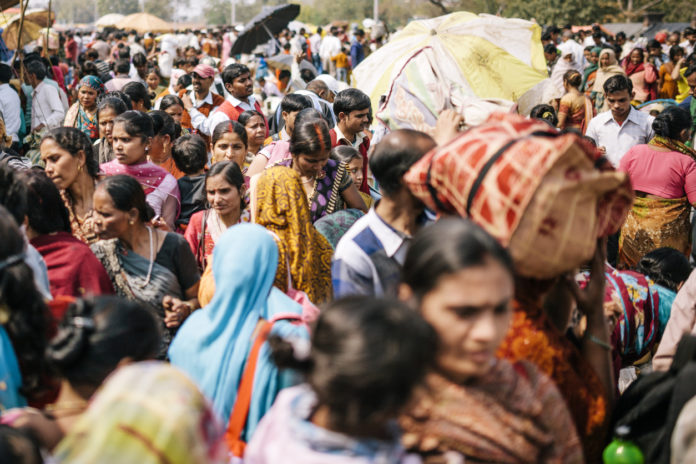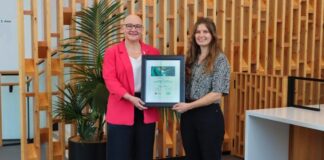The Government is taking additional steps to ensure New Zealand borders are even safer, COVID-19 Response Minister, Chris Hipkins said today.
“New Zealand is in a strong position and Kiwis enjoy freedoms most other countries do not have, thanks to the efforts of the team of five million,” Minister Hipkins said.
“But as the Government has always said, we will continue to look for ways to improve and refine our approach, based on evidence and risk,” he said.
The Government has created a new ‘very high risk country’ category that will significantly reduce the number of infected people flying to New Zealand, the Minister said.
“This is in response to rapidly increasing rates of infection in parts of the globe and based on what is happening in the country, the prevalence of COVID-19 variants of concern, the public health measures the country has in place and the risk to our border,” Mr Hipkins said.
The new category will come into effect from 11.59pm on 28 April.
“Countries have initially been designated very high risk where there have been more than 50 cases of COVID-19 per 1000 arrivals to New Zealand from those countries in 2021, and where there are more than 15 travellers on average per month,” the Minister said.
“India, Brazil, Papua New Guinea and Pakistan are the countries that currently meet that threshold, and as a result, travellers from those countries will be temporarily restricted to New Zealand citizens, their partners and children, and parents of children who are New Zealand citizens.
“From India alone, this is expected to reduce the number of potential positive cases coming to New Zealand by an estimated 75%.”
He said all travellers from very high risk countries would require evidence of a negative PCR test from an accredited laboratory within 72 hours prior to travel.
“I want to stress this was not an easy decision. It was based entirely on current risk assessment and will be reviewed regularly,” Mr Hipkins said.
“There will be an exceptions process on humanitarian grounds.
“All other travellers, including residents, will be required to have been outside of the very high risk country for at least 14 days before flying to New Zealand.”
He said officials would continue to develop the very high risk country framework.
The Minister also revealed details of a new enhanced cohorting – or group intake – system to help reduce the risk of in-facility tranmission for quarantined returnees.
“Under the new plan, returnees arriving in New Zealand over a 96-hour window will be delivered to MIQ facilities until they are full or the 96-hour period is over,” he said.
“The facilities will then ‘lock down’ for a 14-day cycle with no additional returnees allowed until after the last of the cohort have completed their stay and the facilities have been cleaned.
“This will ensure returnees will be in the same facility as others who have arrived at about the same time, and importantly, will keep those who have just arrived apart from those who are coming to the end of their stay. The Pullman Hotel will be the first managed isolation facility to receive cohorted arrivals, starting tomorrow. The transition will be complete by Sunday, 16 May.
“Day 0/1 testing, staying in their room until a negative result is returned, Days 3 and 12 testing, limited exposure to others when exercising and smoking, and physical distancing will continue to apply across all facilities.”
Mr Hipkins said the number of available rooms will be temporarily reduced by bringing forward scheduled hotel maintenance to April-May from July-September. However, thousands of rooms will be freed up to the end of May by MIQ cancelling all remaining vouchers held by travellers from Australia.



